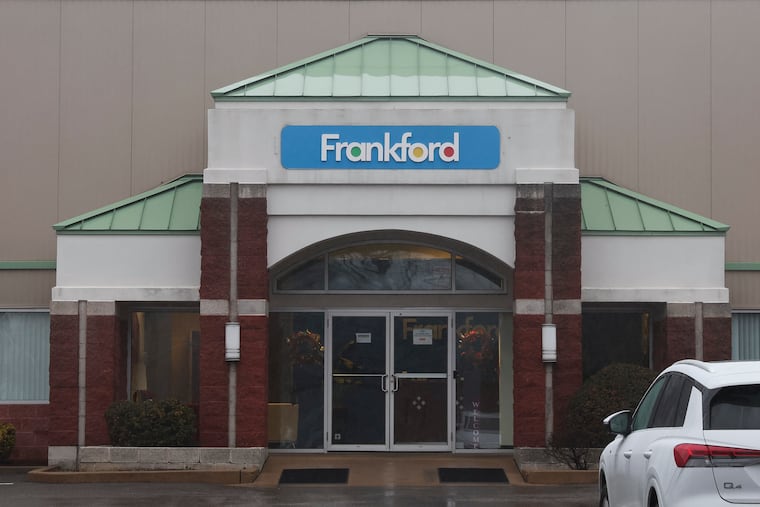Philly candy company sued over young girl’s choking injuries
The child, who is now 3, choked on a piece of Frankford Candy Land Gummy Dots in December 2022, according to the complaint.

A California child is facing lifelong disabilities due to injuries she suffered after choking on a piece of gummy candy from Philadelphia-based confectioner Frankford Candy & Chocolate Co., a lawsuit alleges.
The child, who is now 3, choked on a piece of Frankford Candy Land Gummy Dots in December 2022, according to the complaint, which Philadelphia-based law firm Bosworth Law filed Thursday in Common Pleas Court on behalf of the girl’s parents, Maria Aylin Sotelo Camacho and Francisco Paredes Rivera. Toy manufacturer Hasbro, which produces the Candy Land board game after which the candy is branded, is also a defendant in the lawsuit.
The girl, who is not identified in the lawsuit, suffered a prolonged loss of oxygen due to choking on the candy, which resulted in extensive, irreversible brain damage and spastic quadriplegia, completely paralyzing her, according to the complaint. In addition, she also suffers from a bladder and bowel disorder, and needs to be fed through a permanent gastronomy tube.
“She was a thriving, beautiful child who is now incapacitated for the rest of her life,” lawyer Tom Bosworth said.
Due to the extent of the girl’s injuries, her mother had to quit her job at an auto body shop to become her full-time caregiver, Bosworth added.
At the time she choked on the candy, the child had been routinely eating solid foods, including other candies, Bosworth said. But the Frankford Candy Land Gummy Dots did not include a choking hazard or safety warning, and were dangerous because of their “extreme stickiness and inability to adequately breakdown from introduction of human saliva,” the lawsuit alleges. As a result, the complaint adds, the candy became a “gluelike substance” that had a “propensity to adhere to the tissue of the palate.”
Frankford Candy declined to comment on the lawsuit. Hasbro did not immediately respond to a request for comment.
The girl consumed one piece of the candy on Dec. 13 last year, the lawsuit says. She began choking after it became lodged in her oropharynx, and her parents took her to a hospital after they could not get it out, the lawsuit says. Two of her siblings, a 5-year-old girl and 8-year-old boy, also witnessed the episode, the lawsuit says.
At the hospital, medical personnel attempted to suction the candy out of her throat, but the process was “extremely difficult due to the excessive stickiness of the product and its extraordinary lack of pliability,” the lawsuit says. By the time it was removed, the girl had “suffered profound hypoxia due to a prolonged lack of oxygen,” the complaint adds. The lack of oxygen resulted in extensive injuries that require daily therapies and medications.
According to the lawsuit, the candy was “negligently, recklessly, and defectively designed” due to its “makeup, mixture of ingredients, excessive stickiness, size, and shape.” And because of the packaging, lack of warnings or age range information, and use of Candy Land branding, it was negligently misrepresented to consumers, who “could not have known that there was a choking hazard” associated with the candy, the lawsuit alleges.
“A product like this needs to have some sort of warning on it,” Bosworth said. “You don’t necessarily know when you’re eating a candy what its consistency is, the stickiness, and whether it’s a problem.”
Bosworth compared it to Milk Duds, another chewy, sticky candy that he called a household name. Because of that candy’s ubiquitous nature, most people know what to expect. But the Frankford Candy Land Gummy Dots are more of a “limited edition type of candy,” which means that parents or consumers might not know what they are like, he said.
The lawsuit is seeking in excess of $50,000 in compensatory and punitive damages, as well as interest and court costs. A jury trial has been requested.